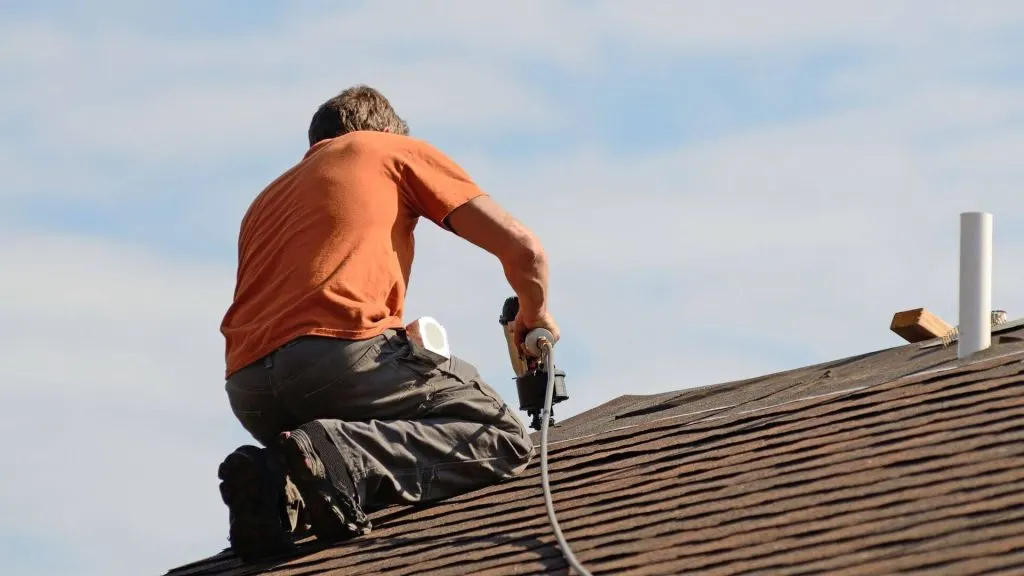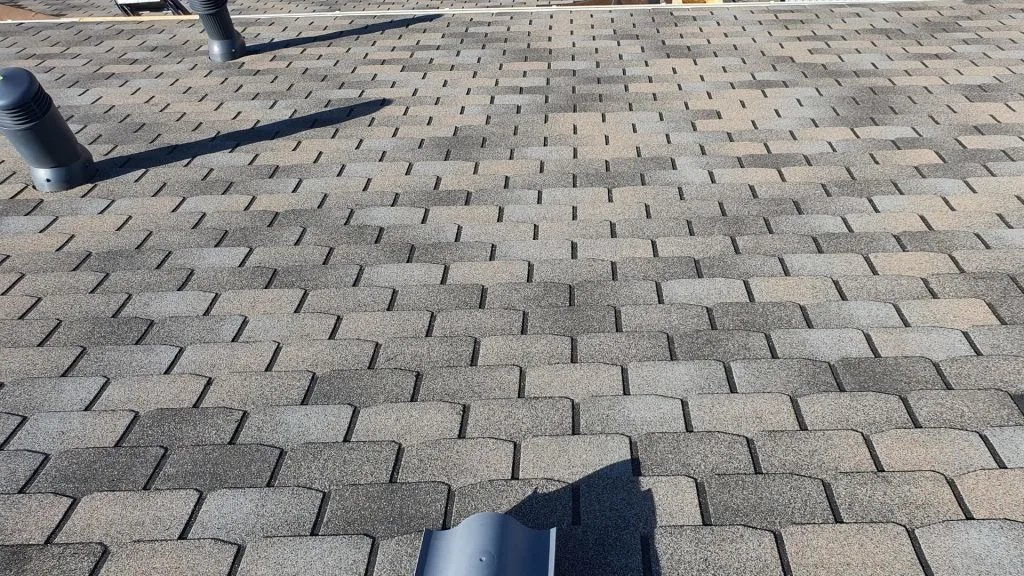Your home’s roof is its first line of defense against the elements. Whether you’re a seasoned homeowner or a new hand at household maintenance, taking care of your roof is essential to protecting your investment. However, roofing work can often feel daunting, especially if you’re unsure where to begin. This post will guide you through six practical tips to help you maintain, repair, and, if needed, replace your home’s roof like a pro.

1. Regular Inspections Ensure Early Problem Detection
It’s easy to overlook the most crucial aspects of your home’s structure—especially when they’re not in your direct line of sight. Yet, conducting regular roof inspections can save you from larger issues down the line. Check your roof at least twice a year, in the spring and autumn, for signs of wear and damage. As experts at EmbrysRoofing.com explain, you should look for loose or missing shingles, mold or moss growth, and any signs of water damage on your ceilings or in the attic. Remember to keep an eye out for areas where the roof deck may be sagging, as this could indicate structural damage. Making these inspections a routine will allow you to catch and repair minor issues before they escalate. And if you catch something, be sure to call in a professional as soon as possible to assess the damage and make any necessary repairs.
2. Safety First: Conduct Repairs Carefully
Safety should be your top priority when working on a roof. If you’re inexperienced with roofing repairs, consider consulting or hiring a professional. However, if you decide to tackle the job yourself:
- Always work with a partner who can assist or get help if needed
- Use harnesses and safety ropes, especially on steep roofs
- Make sure the roof is dry and stable before starting any work
- Be cautious of power lines, and never work during a storm or strong wind
- Use appropriate protective gear, including non-slip shoes, gloves, and a hard hat
Working safely not only protects you but also ensures that your repairs are carried out effectively and without causing further damage.
3. Understand Your Roof’s Materials
Familiarize yourself with the type of roof you have and its materials. Different roofing materials require different care and repair methods. Here’s a basic guide to some common residential roofing materials:
- Asphalt Shingles: The most common type, relatively easy to repair and replace.
- Wood Shingles or Shakes: Require more maintenance and are more prone to rot and insect damage.
- Metal Roofing: Durable and long-lasting, often withstanding severe weather well.
- Slate or Tile Roofing: Extremely long-lasting but can be brittle and require specialized repair.
Knowing how to handle each material will allow for better care and help ensure that repairs are done correctly, preserving the integrity of your roof.
East Tennessee homeowners like to hire residential roof repair services in Knoxville to better maintain their roofs and address issues before they become costly problems. Professional roofing experts ensure that the right materials and techniques are used, extending the lifespan of the roof and improving overall home protection.
4. Clean Your Roof Properly
A clean roof is a healthy roof. Don’t underestimate the value of keeping your roof clear of debris. Overhanging trees can scrape and damage shingles, while leaves and branches can cause water to pool and ultimately leak into your home. Regularly remove these, along with built-up snow, ice, or other debris that can add stress to your roof’s structure.
Additionally, schedule regular cleanings to clear away algae, moss, or mold growth, which can trap moisture and gradually deteriorate your roofing material. Use a gentle approach with a long-handled brush or a leaf blower, and avoid damaging the shingles with high-pressure washing or excessive force.
5. Preparedness is Key for Severe Weather
Extreme weather events can cause significant damage to your roof. While you can’t prevent every possible situation, being prepared can help to minimize the impact. Here’s what to do:
- Maintain a good insurance policy that covers roof damage.
- Create a “roof readiness kit” with a tarp, roofing cement, and basic tools.
- Keep trees near your home well-trimmed to reduce the risk of falling branches.
- In high-wind areas, consider investing in impact-resistant shingles.
- Have a professional inspect your roof for its ability to withstand heavy snow or hail damage.
By taking these steps, you can be ready to protect your roof and home in the event of a severe weather incident.
6. When to Call a Professional
While you can handle many roof maintenance tasks yourself, there are certain situations where it’s best to call in a professional. These include:
- Repairing extensive storm damage or leaks that you can’t access or identify easily
- Replacing large sections of your roof
- Working with materials or in situations that are beyond your level of expertise or comfort
- Diagnosing structural issues that may require expertise in home construction or engineering
Professional roofers have the knowledge, tools, and experience to handle these situations safely and effectively.

Your roof is a critical component of your home’s structure, and proper maintenance is key to keeping your family safe and comfortable. By following these practical tips, you can ensure that your roof stays in top condition, ready to weather any storm. Remember that when in doubt, it’s always better to seek professional help. Your roof—and your peace of mind—will thank you for it.

Jessi is the creative mind behind The Coffee Mom, a popular blog that combines parenting advice, travel tips, and a love for all things Disney. As a trusted Disney influencer and passionate storyteller, Jessi’s authentic insights and relatable content resonate with readers worldwide.
